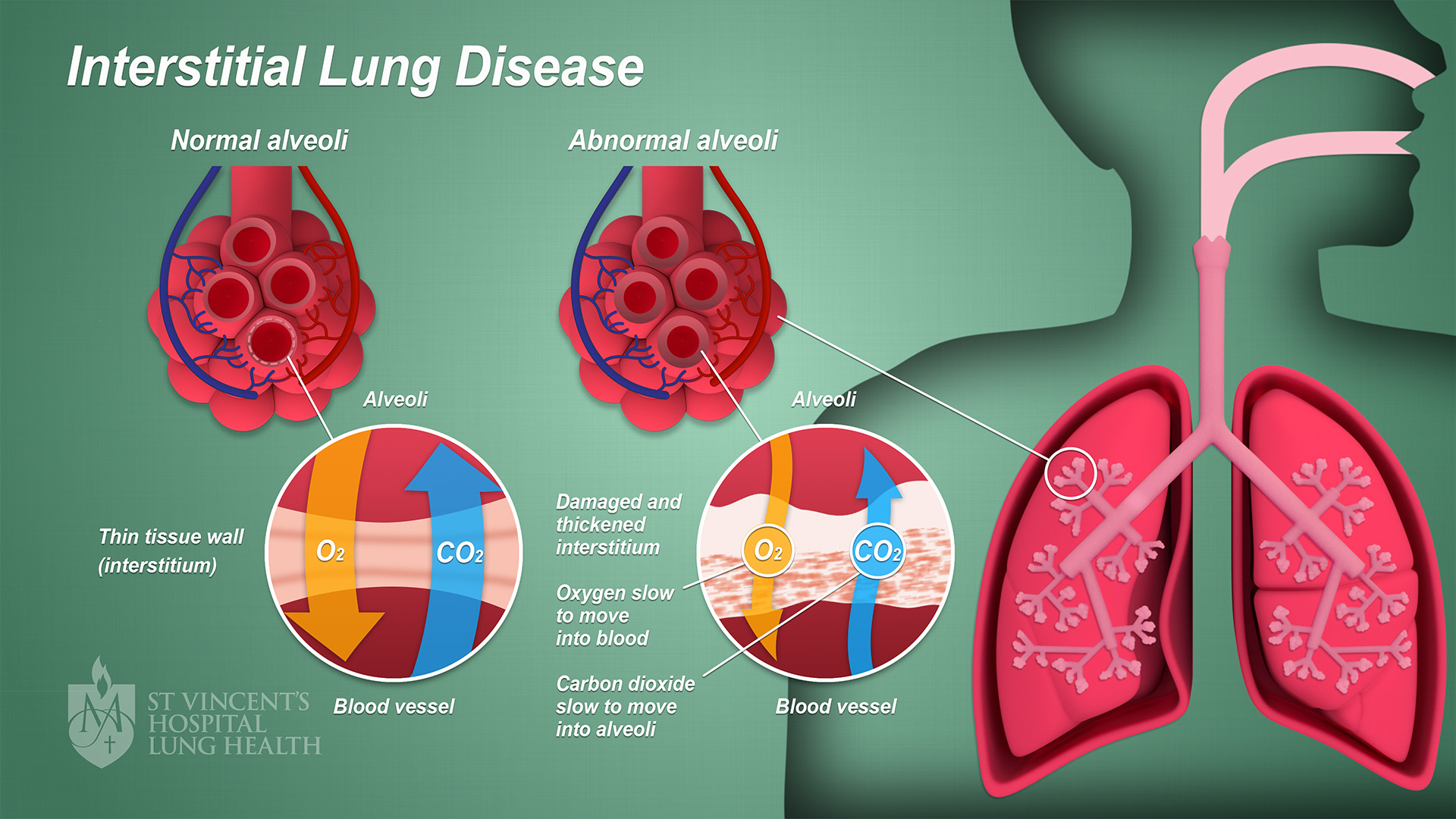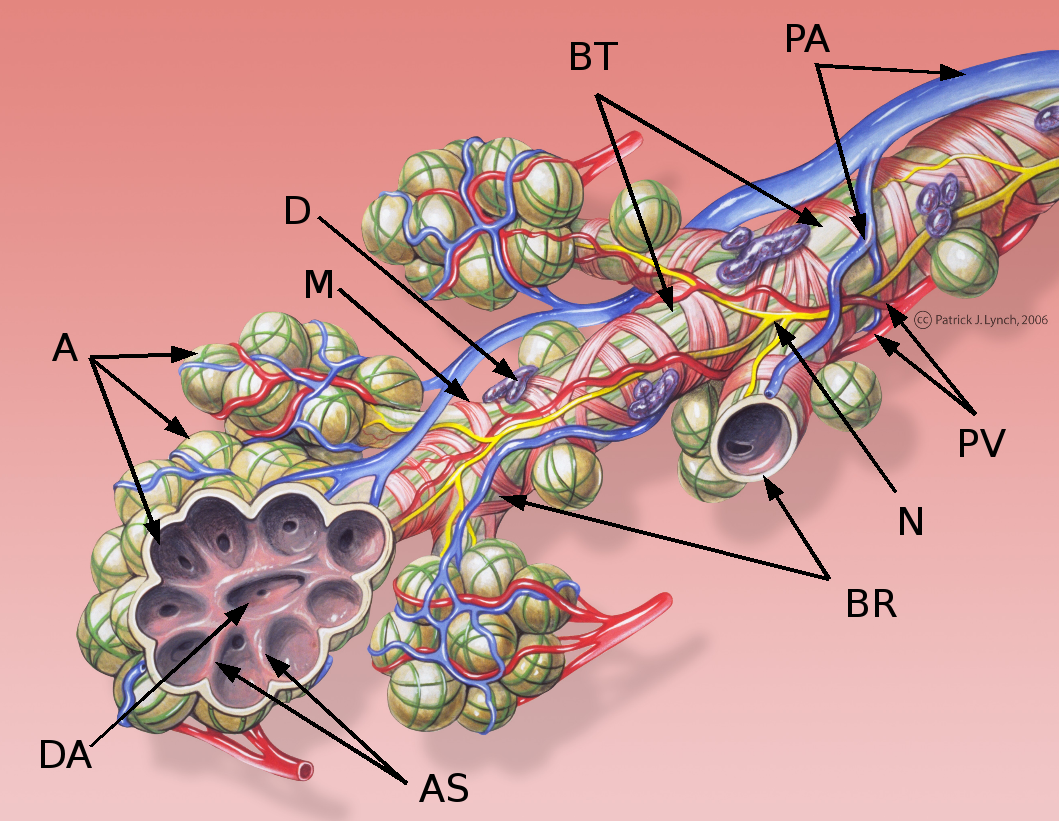|
Siderosis
Siderosis is the deposition of excess iron in body tissue. When used without qualification, it usually refers to an environmental disease of the lung, also known more specifically as pulmonary siderosis or Welder's disease, which is a form of pneumoconiosis. Pulmonary siderosis was first described in 1936 from X-ray images of the lungs of arc welders. The name ''siderosis'' comes from Ancient Greek word for iron, ''sídēr(os)'', and has an -''osis'' suffix. Signs and symptoms Pulmonary siderosis does not usually cause harmful scar tissue formation within the lungs, which is why it said to be non-fibrotic condition, unlike asbestosis for example, and has also been called "benign pneumoconiosis". Mild to moderate scarring of the lungs has been found in unusual cases of pulmonary siderosis. These people have had persistent breathlessness, coughing and decreased lung function. However, people in occupations where they are exposed to iron (or rust) dust are usually also exposed ... [...More Info...] [...Related Items...] OR: [Wikipedia] [Google] [Baidu] |
Idiopathic Pulmonary Haemosiderosis
Idiopathic pulmonary haemosiderosis (IPH) is a lung disease of unknown cause that is characterized by alveolar capillary bleeding and accumulation of haemosiderin in the lungs. It is rare, with an incidence between 0.24 and 1.23 cases per million people. Pathophysiology Being idiopathic, IPH by definition has an unknown cause. It is thought to be an immune-mediated disease. The lung bleeding causes accumulation of iron, which in itself causes additional lung damage. Meanwhile, there is insufficient iron for inclusion into the haemoglobin molecules inside red blood cells which carry oxygen to body tissues for cellular respiration. Idiopathic pulmonary haemosiderosis can occur either as a primary lung disorder or as the sequela to other pulmonary, cardiovascular or immune system disorder. * PH1 involves PH with circulating anti-GBM antibodies. * PH2 involves PH with immune complex disease such as systemic lupus erythematosus, SLE. * PH3 involves no demonstrable immune system in ... [...More Info...] [...Related Items...] OR: [Wikipedia] [Google] [Baidu] |
Siderosis Bulbi
Siderosis is the deposition of excess iron in body tissue. When used without qualification, it usually refers to an environmental disease of the lung, also known more specifically as pulmonary siderosis or Welder's disease, which is a form of pneumoconiosis. Pulmonary siderosis was first described in 1936 from X-ray images of the lungs of arc welders. The name ''siderosis'' comes from Ancient Greek word for iron, ''sídēr(os)'', and has an -''osis'' suffix. Signs and symptoms Pulmonary siderosis does not usually cause harmful scar tissue formation within the lungs, which is why it said to be non-fibrotic condition, unlike asbestosis for example, and has also been called "benign pneumoconiosis". Mild to moderate scarring of the lungs has been found in unusual cases of pulmonary siderosis. These people have had persistent breathlessness, coughing and decreased lung function. However, people in occupations where they are exposed to iron (or rust) dust are usually also exposed ... [...More Info...] [...Related Items...] OR: [Wikipedia] [Google] [Baidu] |
Iron Overload
Iron overload is the abnormal and increased accumulation of total iron in the body, leading to organ damage. The primary mechanism of organ damage is oxidative stress, as elevated intracellular iron levels increase free radical formation via the Fenton reaction. Iron overload is often ''primary'' (i.e hereditary haemochromatosis, aceruloplasminemia) but may also be ''secondary'' to other causes (i.e. transfusional iron overload). Iron deposition most commonly occurs in the liver, pancreas, skin, heart, and joints. People with iron overload classically present with the triad of liver cirrhosis, secondary diabetes mellitus, and bronze skin. However, due to earlier detection nowadays, symptoms are often limited to general chronic malaise, arthralgia, and hepatomegaly. Signs and symptoms Organs most commonly affected by hemochromatosis include the liver, heart, and endocrine glands. Hemochromatosis may present with the following clinical syndromes: * liver: chronic liver di ... [...More Info...] [...Related Items...] OR: [Wikipedia] [Google] [Baidu] |
Hemosiderosis
Hemosiderosis is a form of iron overload disorder resulting in the accumulation of hemosiderin. Types include: * Transfusion hemosiderosis * Idiopathic pulmonary hemosiderosis * Transfusional diabetes Organs affected: * Hemosiderin deposition in the lungs is often seen after diffuse alveolar hemorrhage, which occurs in diseases such as Goodpasture's syndrome, granulomatosis with polyangiitis, and idiopathic pulmonary hemosiderosis. Mitral stenosis can also lead to pulmonary hemosiderosis. * Hemosiderin collects throughout the body in hemochromatosis. * Hemosiderin deposition in the liver is a common feature of hemochromatosis and is the cause of liver failure in the disease. * Selective iron deposition in the beta cells of pancreatic islets leads to diabetes due to the distribution of transferrin receptor on the beta cells of islets and in the skin leads to hyperpigmentation. * Hemosiderin deposition in the brain is seen after bleeds from any source, including chro ... [...More Info...] [...Related Items...] OR: [Wikipedia] [Google] [Baidu] |
Pneumoconiosis
Pneumoconiosis is the general term for a class of interstitial lung disease where inhalation of dust (for example, ash dust, lead particles, pollen grains etc) has caused interstitial fibrosis. The three most common types are asbestosis, silicosis, and coal miner's lung. Pneumoconiosis often causes restrictive impairment, although diagnosable pneumoconiosis can occur without measurable impairment of lung function. Depending on extent and severity, it may cause death within months or years, or it may never produce symptoms. It is usually an occupational lung disease, typically from years of dust exposure during work in mining; textile milling; shipbuilding, ship repairing, and/or shipbreaking; sandblasting; industrial tasks; rock drilling (subways or building pilings); or agriculture. It is one of the most common occupational diseases in the world. Types Depending upon the type of dust, the disease is given different names: * Coalworker's pneumoconiosis (CWP) / Black Lung Di ... [...More Info...] [...Related Items...] OR: [Wikipedia] [Google] [Baidu] |
Corrosive Substance
Corrosion is a natural process that converts a refined metal into a more chemically stable oxide. It is the gradual deterioration of materials (usually a metal) by chemical or electrochemical reaction with their environment. Corrosion engineering is the field dedicated to controlling and preventing corrosion. In the most common use of the word, this means electrochemical oxidation of metal in reaction with an oxidant such as oxygen, hydrogen, or hydroxide. Rusting, the formation of red-orange iron oxides, is a well-known example of electrochemical corrosion. This type of corrosion typically produces oxides or salts of the original metal and results in a distinctive coloration. Corrosion can also occur in materials other than metals, such as ceramics or polymers, although in this context, the term "degradation" is more common. Corrosion degrades the useful properties of materials and structures including mechanical strength, appearance, and permeability to liquids and ga ... [...More Info...] [...Related Items...] OR: [Wikipedia] [Google] [Baidu] |
Iron
Iron is a chemical element; it has symbol Fe () and atomic number 26. It is a metal that belongs to the first transition series and group 8 of the periodic table. It is, by mass, the most common element on Earth, forming much of Earth's outer and inner core. It is the fourth most abundant element in the Earth's crust, being mainly deposited by meteorites in its metallic state. Extracting usable metal from iron ores requires kilns or furnaces capable of reaching , about 500 °C (900 °F) higher than that required to smelt copper. Humans started to master that process in Eurasia during the 2nd millennium BC and the use of iron tools and weapons began to displace copper alloys – in some regions, only around 1200 BC. That event is considered the transition from the Bronze Age to the Iron Age. In the modern world, iron alloys, such as steel, stainless steel, cast iron and special steels, are by far the most common industrial metals, due to their mechan ... [...More Info...] [...Related Items...] OR: [Wikipedia] [Google] [Baidu] |
Lung Cancer
Lung cancer, also known as lung carcinoma, is a malignant tumor that begins in the lung. Lung cancer is caused by genetic damage to the DNA of cells in the airways, often caused by cigarette smoking or inhaling damaging chemicals. Damaged airway cells gain the ability to multiply unchecked, causing the growth of a tumor. Without treatment, tumors spread throughout the lung, damaging lung function. Eventually lung tumors metastasize, spreading to other parts of the body. Early lung cancer often has no symptoms and can only be detected by medical imaging. As the cancer progresses, most people experience nonspecific respiratory problems: coughing, shortness of breath, or chest pain. Other symptoms depend on the location and size of the tumor. Those suspected of having lung cancer typically undergo a series of imaging tests to determine the location and extent of any tumors. Definitive diagnosis of lung cancer requires a biopsy of the suspected tumor be examined by a patholo ... [...More Info...] [...Related Items...] OR: [Wikipedia] [Google] [Baidu] |
Interstitial Lung Disease
Interstitial lung disease (ILD), or diffuse parenchymal lung disease (DPLD), is a group of respiratory diseases affecting the interstitium (the tissue) and space around the alveoli (air sacs) of the lungs. It concerns alveolar epithelium, pulmonary capillary endothelium, basement membrane, and perivascular and perilymphatic tissues. It may occur when an injury to the lungs triggers an abnormal healing response. Ordinarily, the body generates just the right amount of tissue to repair damage, but in interstitial lung disease, the repair process is disrupted, and the tissue around the air sacs (alveoli) becomes scarred and thickened. This makes it more difficult for oxygen to pass into the bloodstream. The disease presents itself with the following symptoms: shortness of breath, nonproductive coughing, fatigue, and weight loss, which tend to develop slowly, over several months. The average rate of survival for someone with this disease is between three and five years. The term IL ... [...More Info...] [...Related Items...] OR: [Wikipedia] [Google] [Baidu] |
Pulmonary Alveolus
A pulmonary alveolus (; ), also called an air sac or air space, is one of millions of hollow, distensible cup-shaped cavities in the lungs where pulmonary gas exchange takes place. Oxygen is exchanged for carbon dioxide at the blood–air barrier between the alveolar air and the pulmonary capillary. Alveoli make up the functional tissue of the mammalian lungs known as the lung parenchyma, which takes up 90 percent of the total lung volume. Alveoli are first located in the respiratory bronchioles that mark the beginning of the respiratory zone. They are located sparsely in these bronchioles, line the walls of the alveolar ducts, and are more numerous in the blind-ended alveolar sacs. The acini are the basic units of respiration, with gas exchange taking place in all the alveoli present. The alveolar membrane is the gas exchange surface, surrounded by a network of capillaries. Oxygen is diffused across the membrane into the capillaries and carbon dioxide is released fr ... [...More Info...] [...Related Items...] OR: [Wikipedia] [Google] [Baidu] |
Radiological Studies
Radiology ( ) is the medical specialty that uses medical imaging to diagnose diseases and guide treatment within the bodies of humans and other animals. It began with radiography (which is why its name has a root referring to radiation), but today it includes all imaging modalities. This includes technologies that use no ionizing electromagnetic radiation, such as ultrasonography and magnetic resonance imaging (MRI), as well as others that do use radiation, such as computed tomography (CT), fluoroscopy, and nuclear medicine including positron emission tomography (PET). Interventional radiology is the performance of usually minimally invasive medical procedures with the guidance of imaging technologies such as those mentioned above. The modern practice of radiology involves a team of several different healthcare professionals. A radiologist, who is a medical doctor with specialized post-graduate training, interprets medical images, communicates these findings to other physicians ... [...More Info...] [...Related Items...] OR: [Wikipedia] [Google] [Baidu] |



